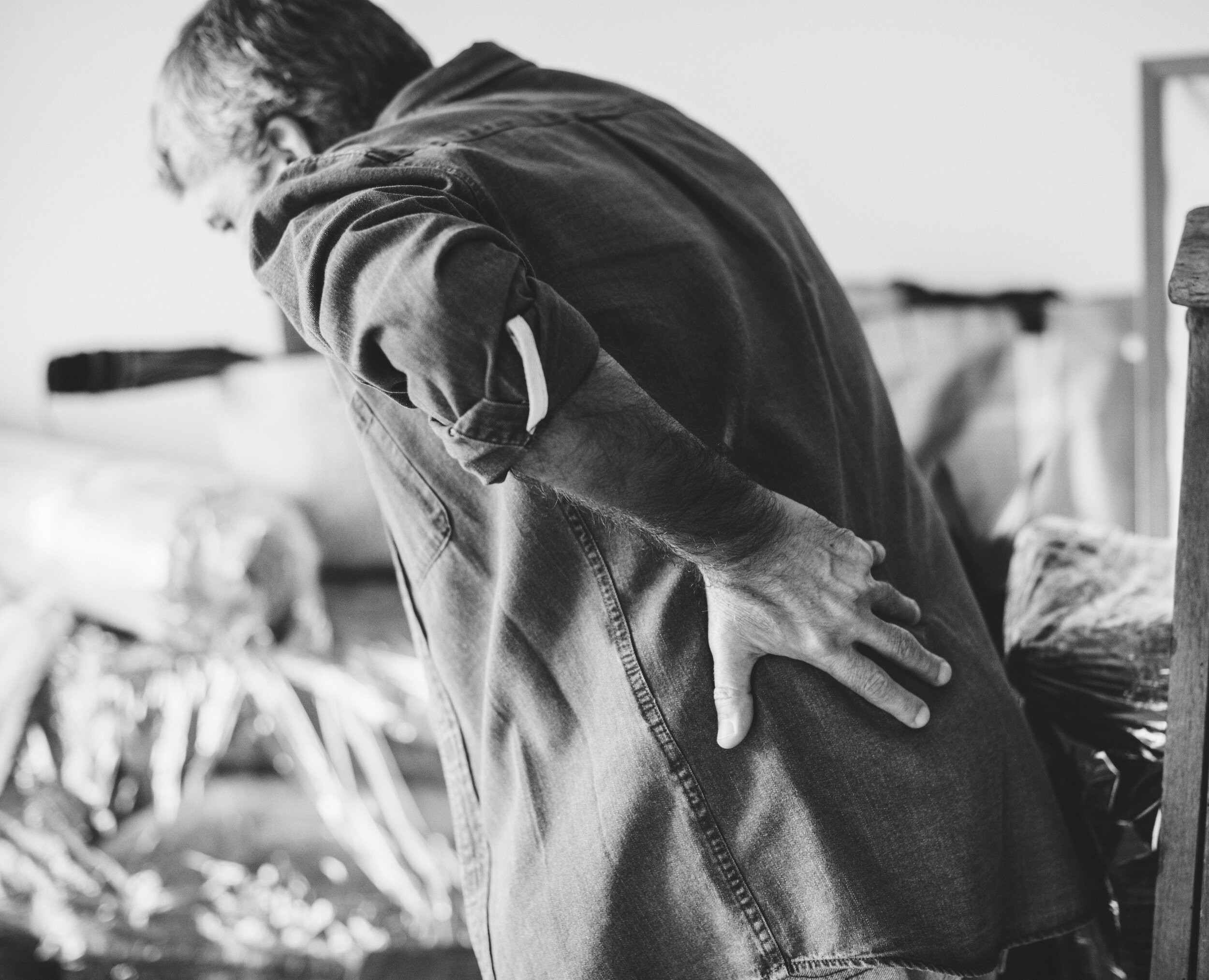![Neck and Shoulder Rehab Guide [FREE download].](https://images.squarespace-cdn.com/content/v1/5e1fa35d6d6d853d5fbd5b4d/1587258115289-9KQT3BWL2X1V5I11T8Z0/The+Complete+Neck+and+Shoulder+Rehab+Guide.png)
Neck and Shoulder Rehab Guide [FREE download].
Neck and shoulder pain are quite common. When people are in pain they will seek out any option that might relieve their pain. This makes a lot of sense.
Sadly, most "treatment" options barely work to manage symptoms and do almost nothing to fix the underlying problem.

Why getting that MRI won't help you get any better.
MRIs can be very good at detecting certain “problems” in and around the spine. MRI demonstrated high sensitivity for spinal soft tissue injuries. However, MRI showed a definite trend to overestimate interspinous ligament, intervertebral disc, and paraspinal muscle injuries [6].
Don’t get too wrapped up in googling the vocab words above. Here’s part of the problem with the above information. If the doctor is trying to appease the patient by ordering the MRI or the patient has demanded one, they will find something.
Whether that something is the actual problem is another discussion completely.

The best guide to rehabbing injuries.
At some point you are going to deal some sort of an injury. Maybe you are already have. Maybe you are dealing with something right now.
I am going to walk you through some different ideas as you approach different scenarios or pain and rehabbing injuries.
There are going to be 6 parts to this post, with each part having its own video.
General guidelines for rehabbing injuries.
Post surgery.
Your post-surgery home exercise program.
Chronic pain.
The idea of layers. Fixing one problem often reveals another one.
Modify your approach to sets and reps.

5 best strategies to manage low back pain.
Low back pain (LBP) is common. Way too common. Treating it is difficult as there are often many factors contributing to your pain. The strategies I am going to share are meant to improve your situation. At worst, they should do nothing, meaning they will not make it worse.
All of the strategies will have multiple videos to help guide you through the process. These are strategies I have used with both clients and patients to not just manage, but ultimately resolve their LBP.
I am going to go over each in more detail, but the 5 strategies are:
Supine deloading - I will also share how to deload in sitting and standing
Core stabilization - it’s not so much what you do but HOW you do it
Glute exercises - in general, when the glutes are strong there are less issues with the knees and low back
Hip mobility - when the hips are tight, there tends to be more movement through the low back to compensate
Hip hinge - poor awareness and understanding of how to properly bend at the hips will routinely flare up the back

How does posture get so messed up?
When I first started as a Physical Therapist, I used to get nervous any time one of my patients came in with any neck diagnosis.
I mean, its the neck. I could snap their spinal cord and the person would never be the same after that.
Now, that is not true at all, but that is what I thought. What a weirdo.
Once I worked with some of these patients, I started to realize there were commonalities to most of my patients. Once we fixed a few underlying issues, they got better.
Almost 100% of them.
After awhile, I started to look forward to treating any neck issue because the outcomes I was getting were so good.

How to train around pain.
The fact of the matter is, pain can bring each one of these situations to a grinding halt. Even worse, if the pain is left unchecked it usually gets worse and can even cause pain in different parts of the body.
It is not uncommon for a right ankle or knee issue to cause pain in the low back or the opposite hip and knee. I will explain how at a later date. The short answer as to how this happens is that everything is connected.

Tell your doctor to go pound sand.
No disrespect for these health care professionals, but their evaluations skills are average at best. And, they often do not have the time to truly evaluate someone even if their skills are not subpar.
And, treating pain with meds only attempts to deal with your symptoms. It DOES NOT deal with the underlying problem that is causing the pain.